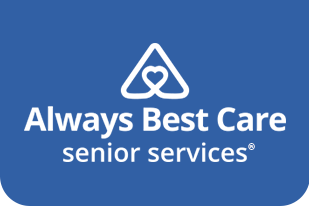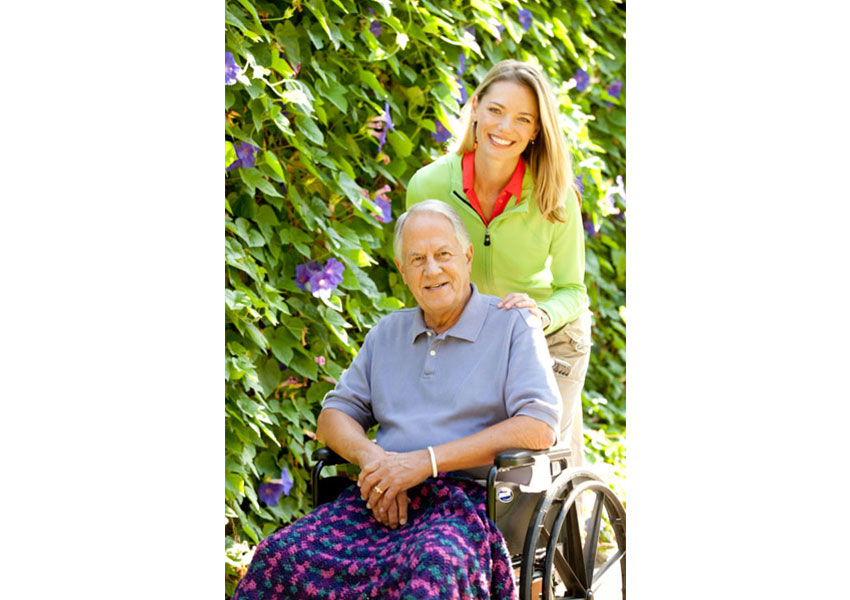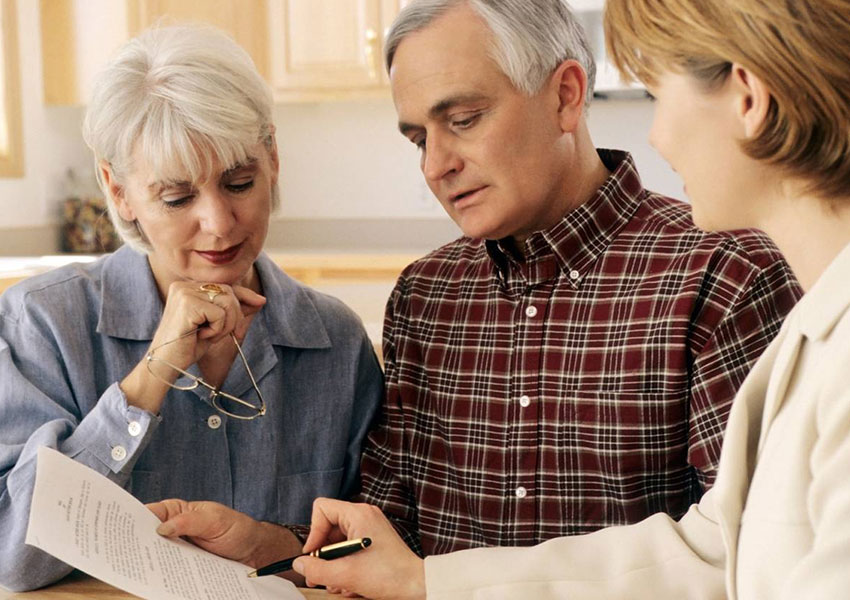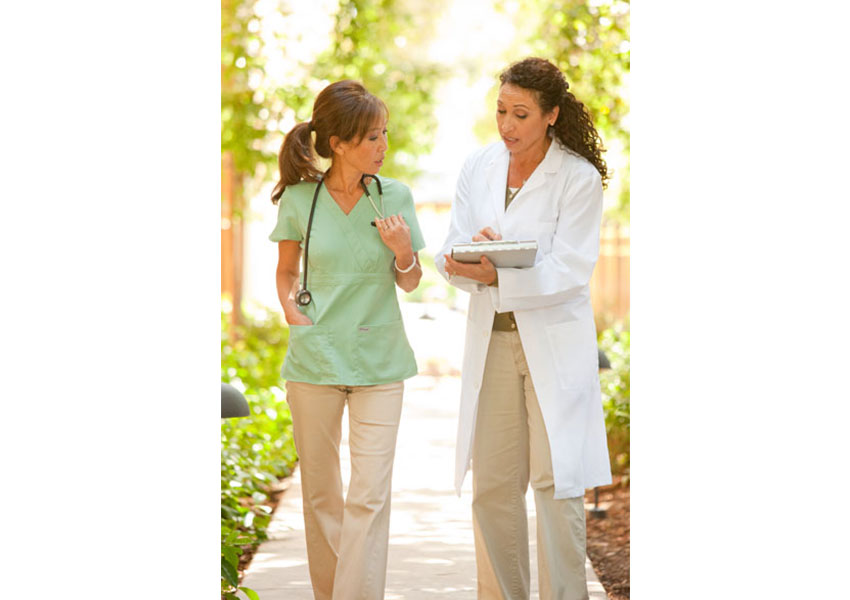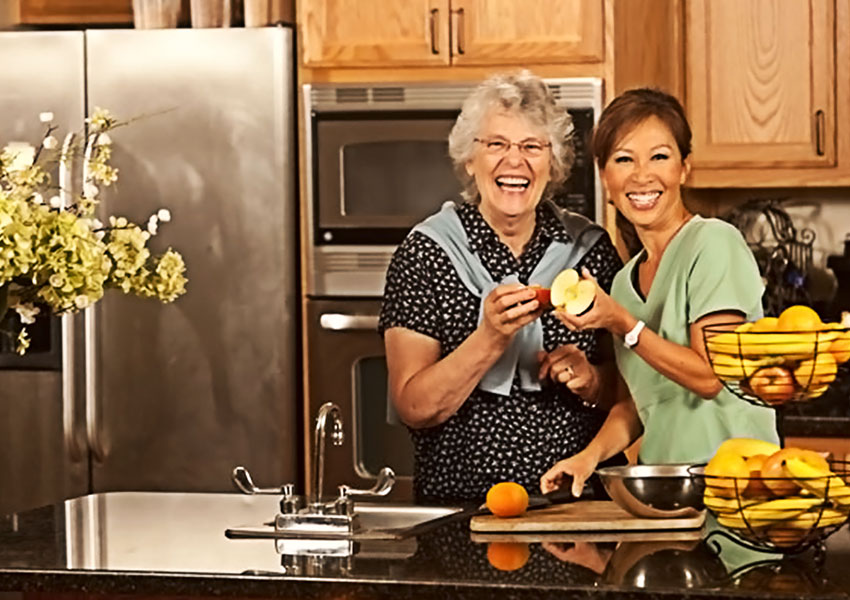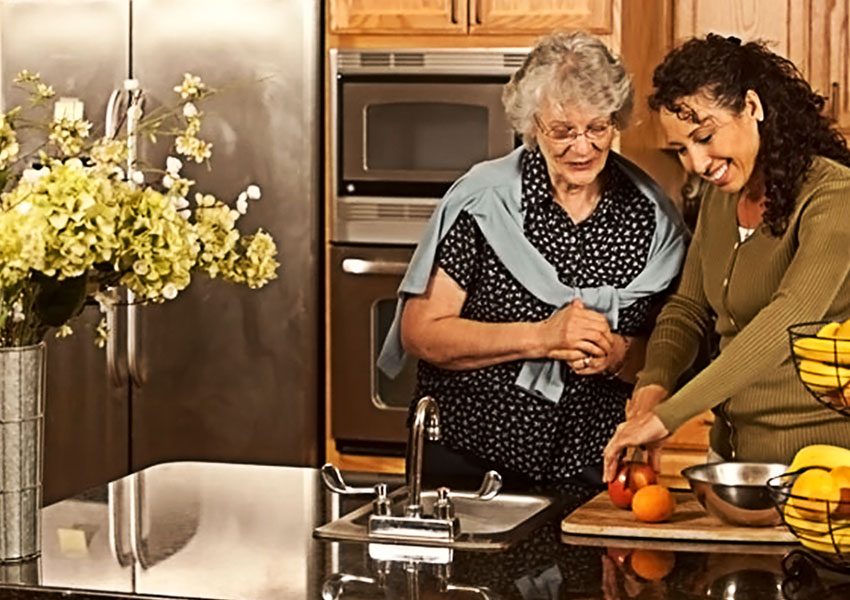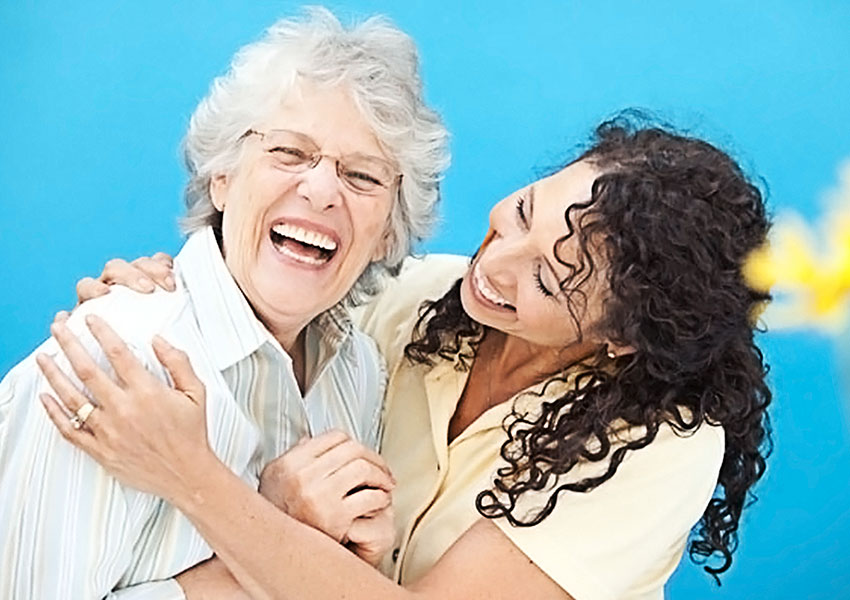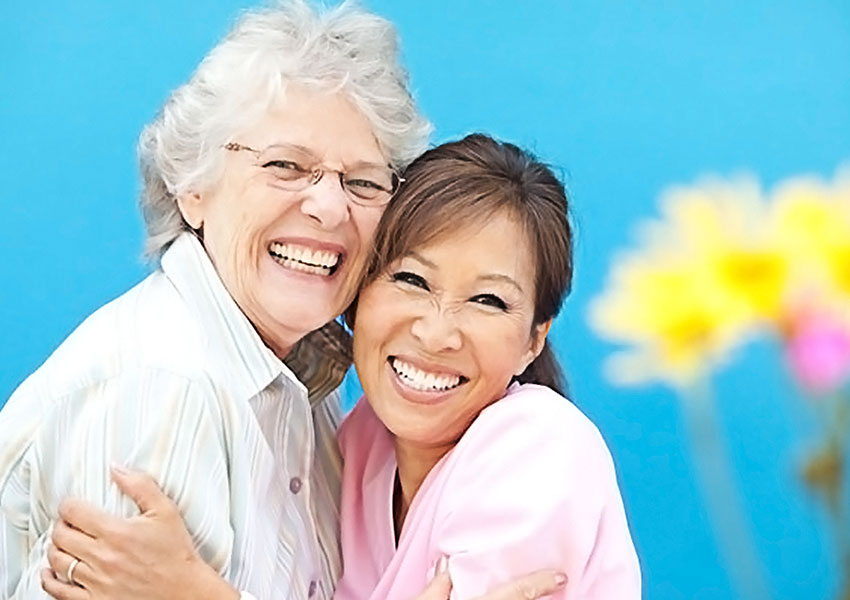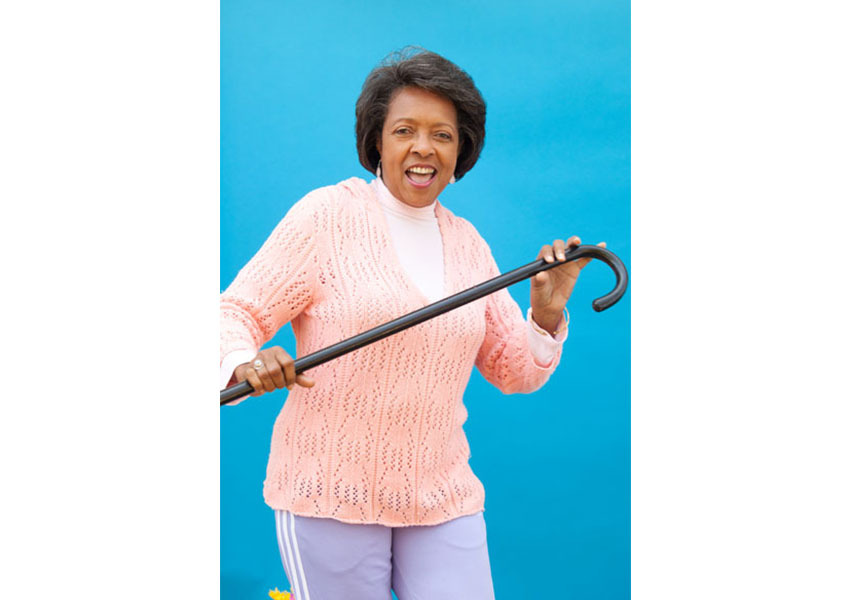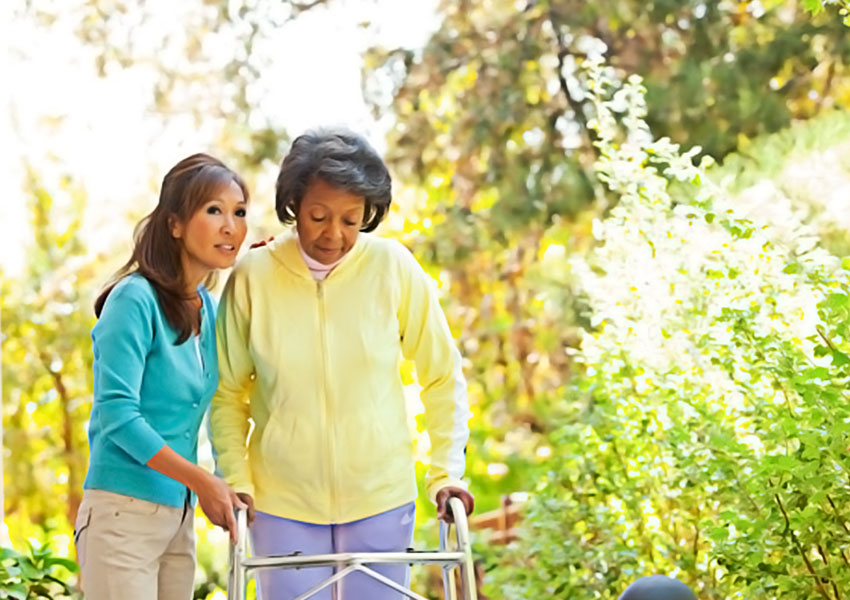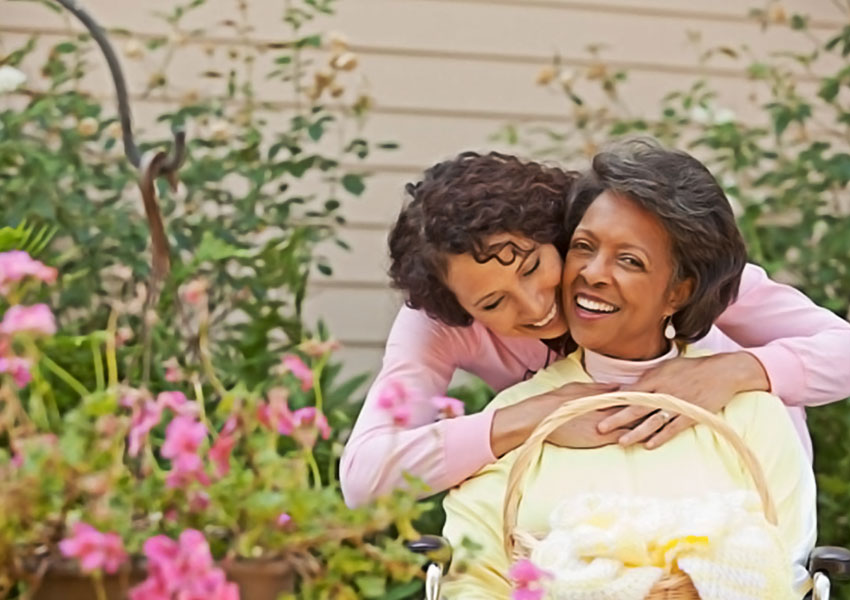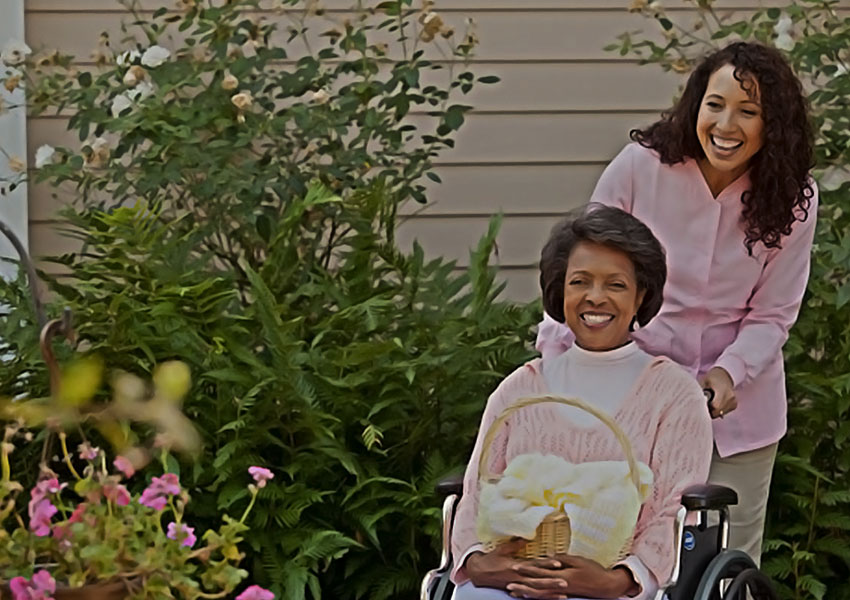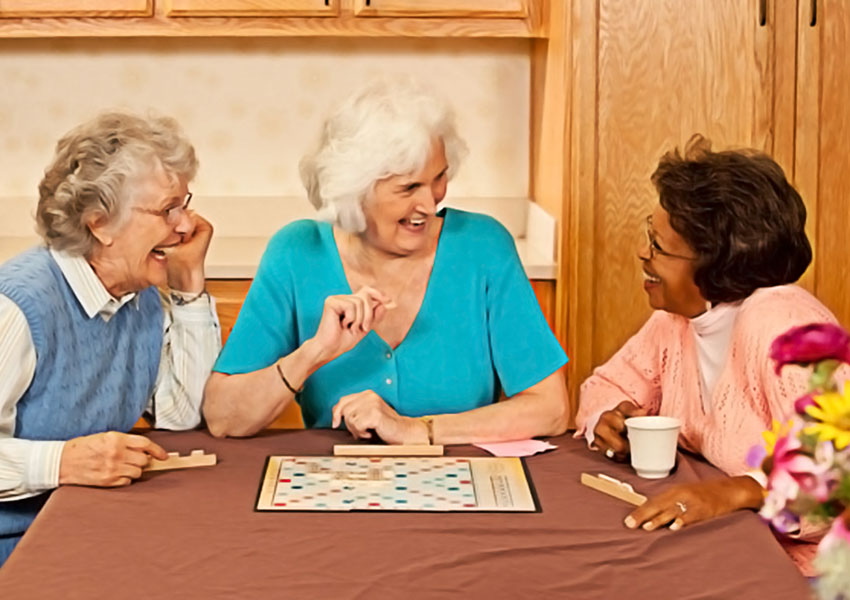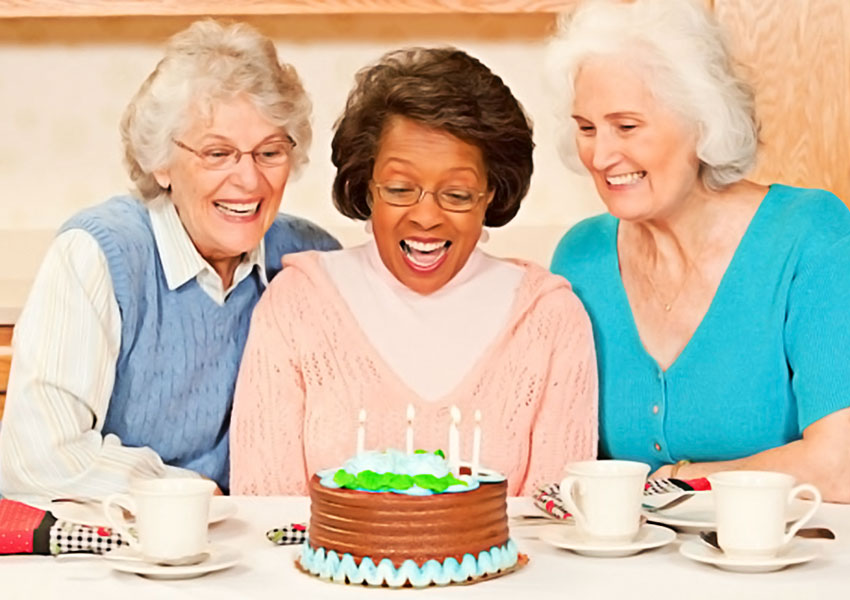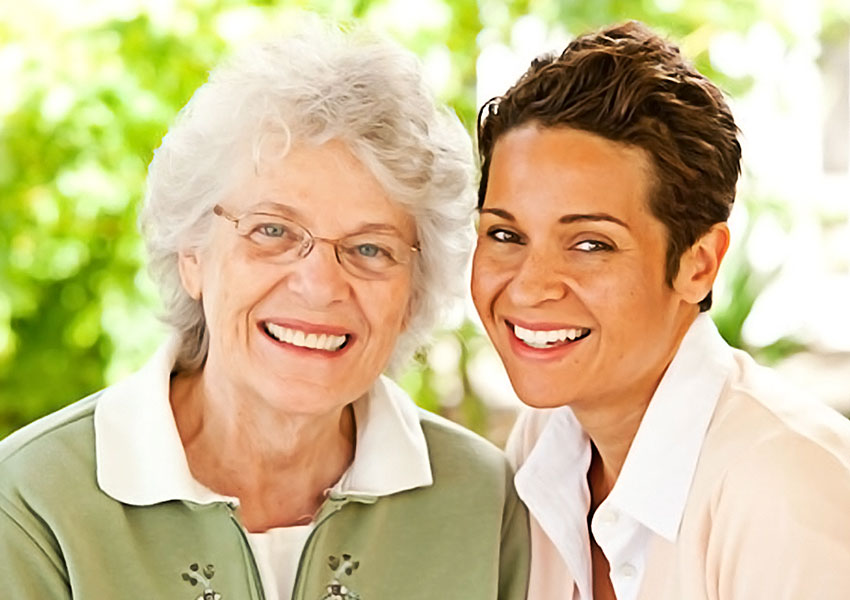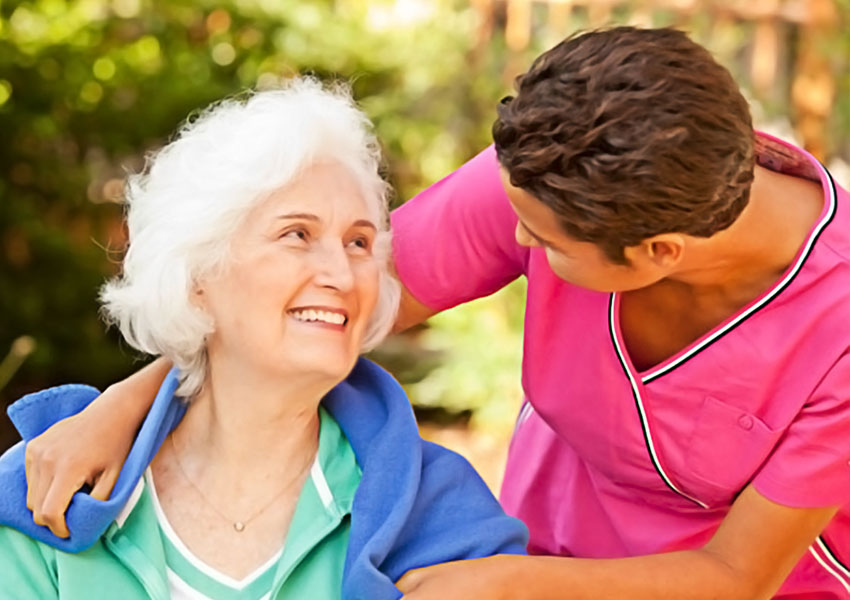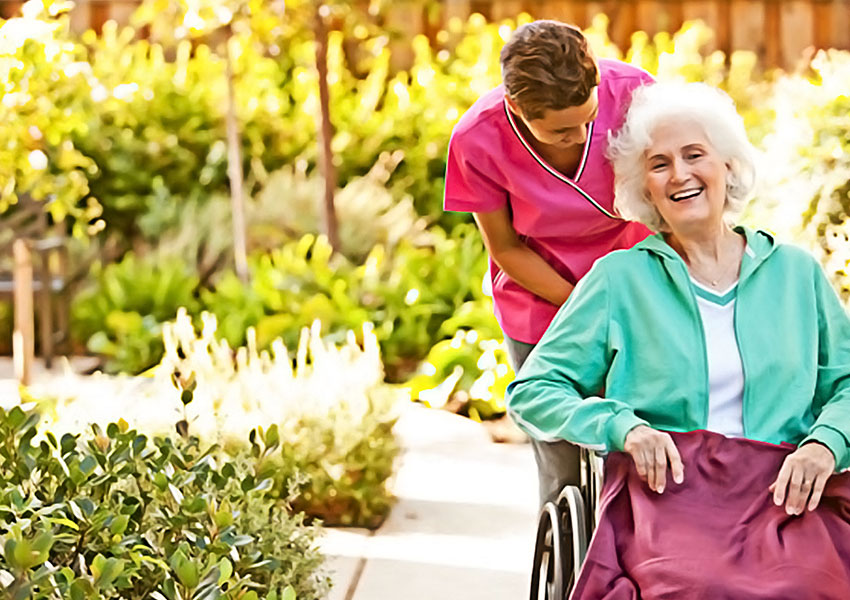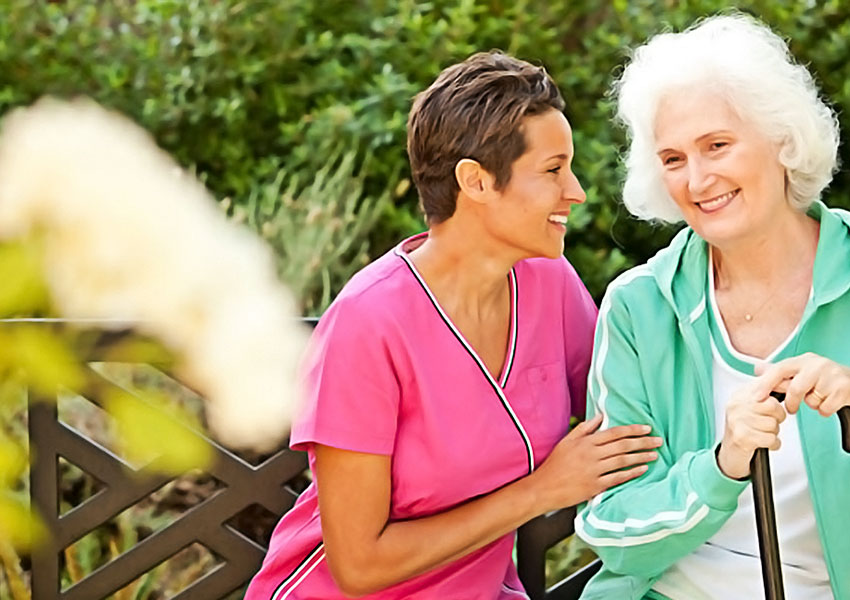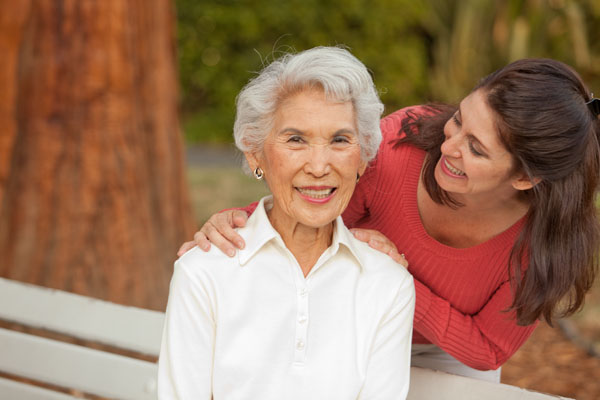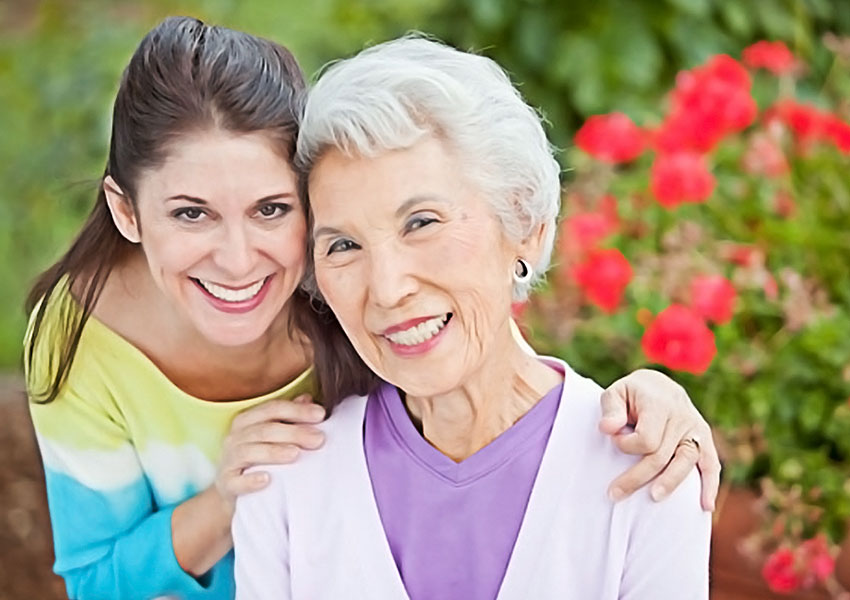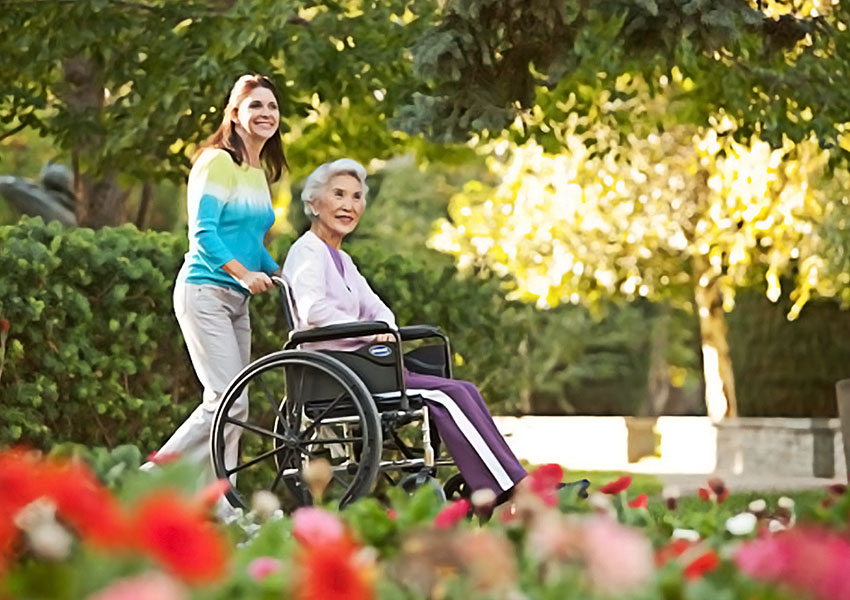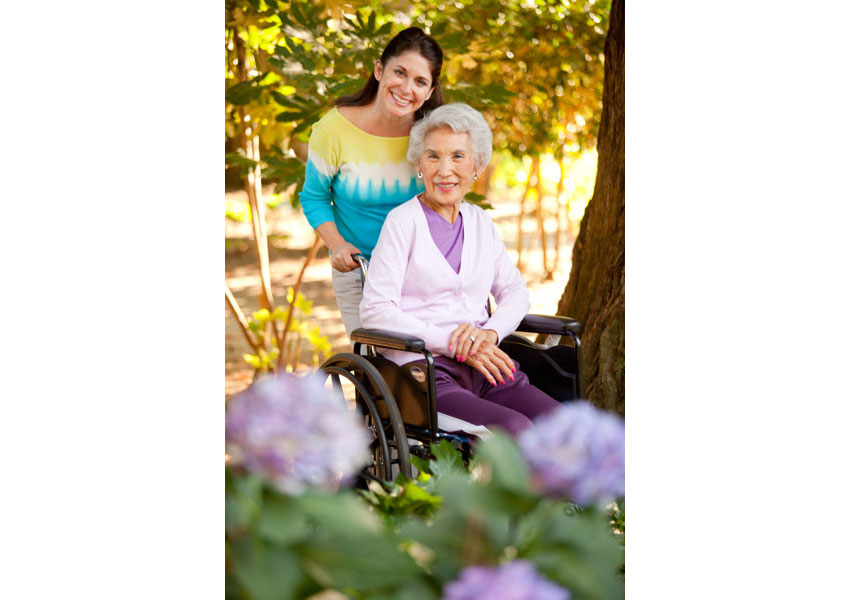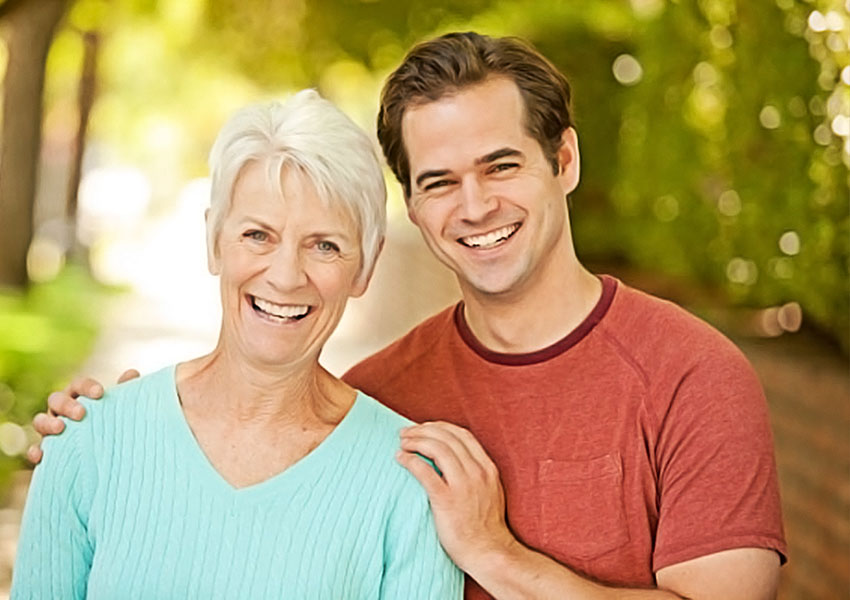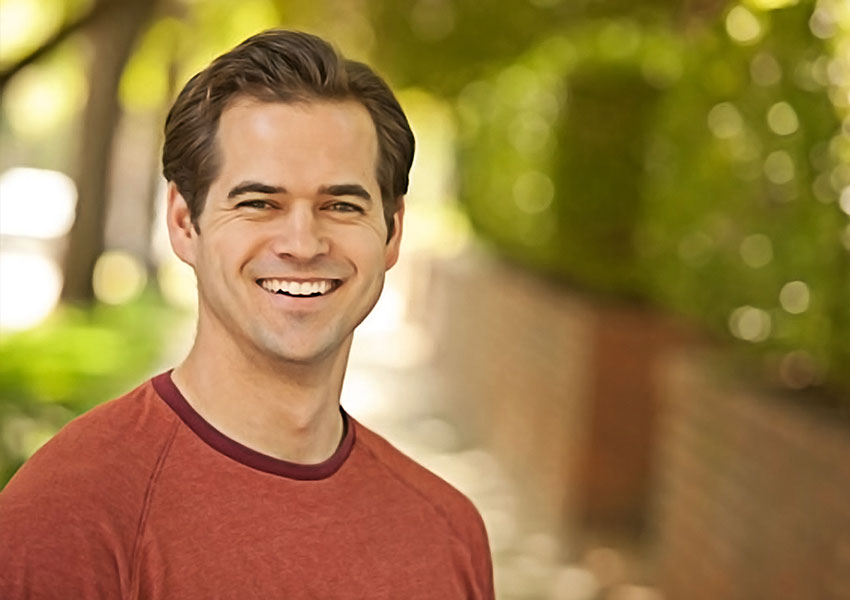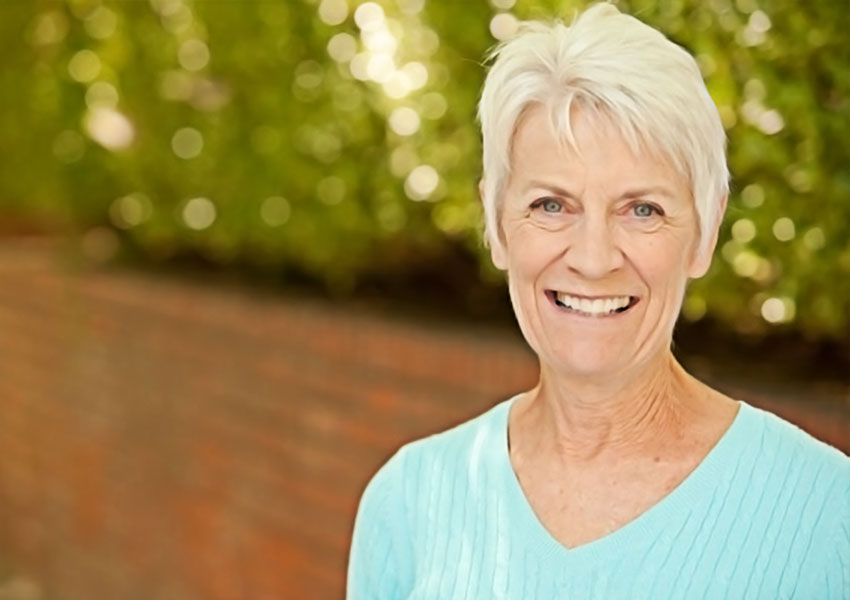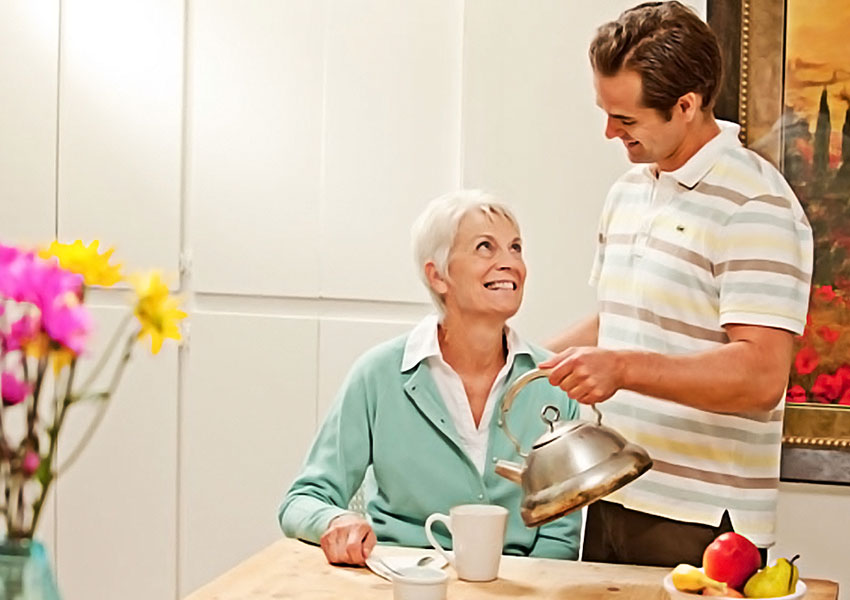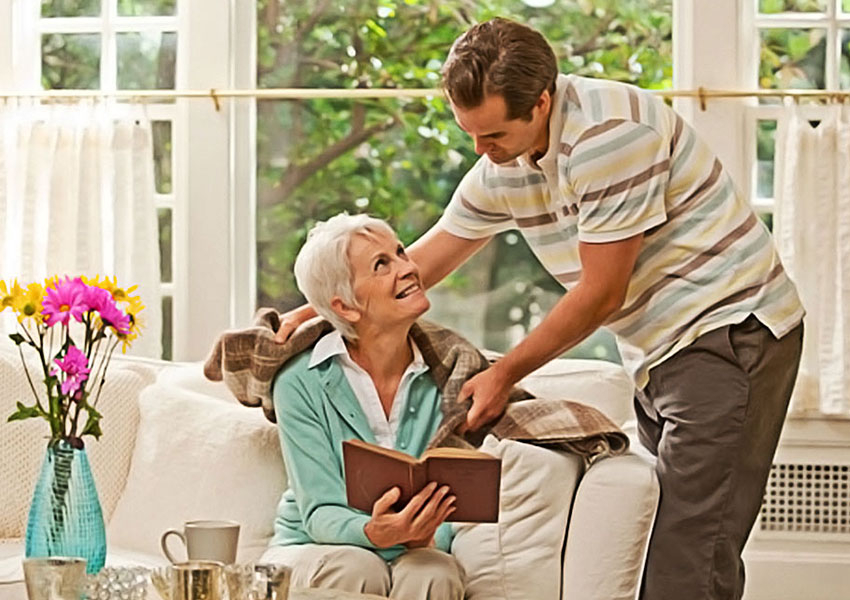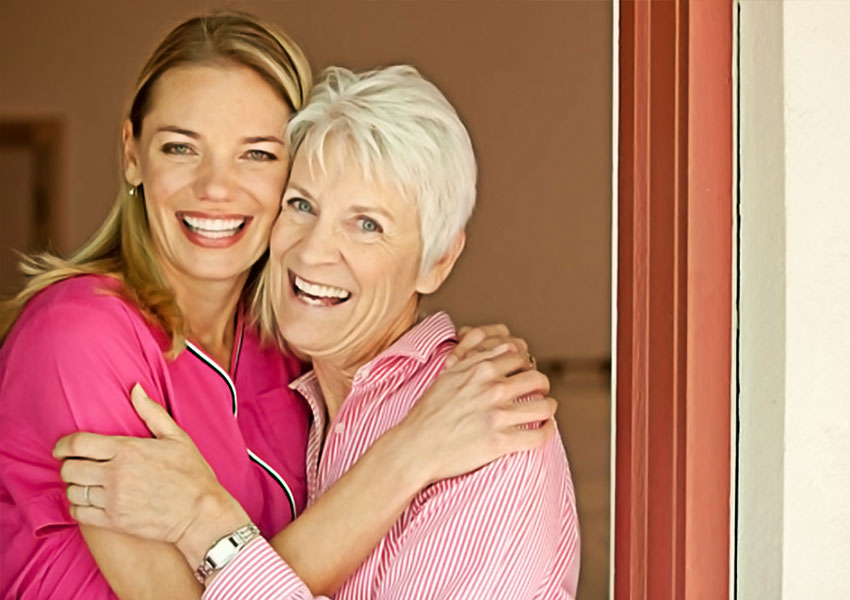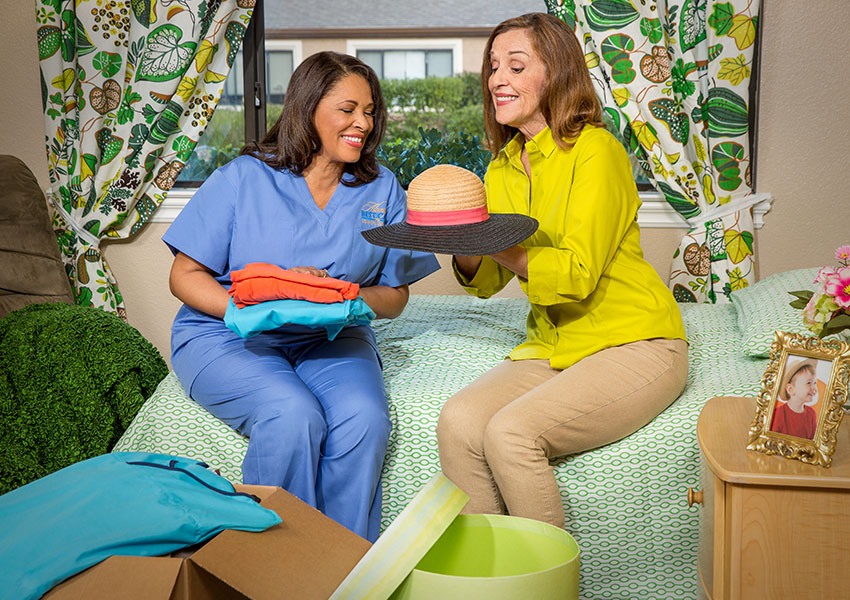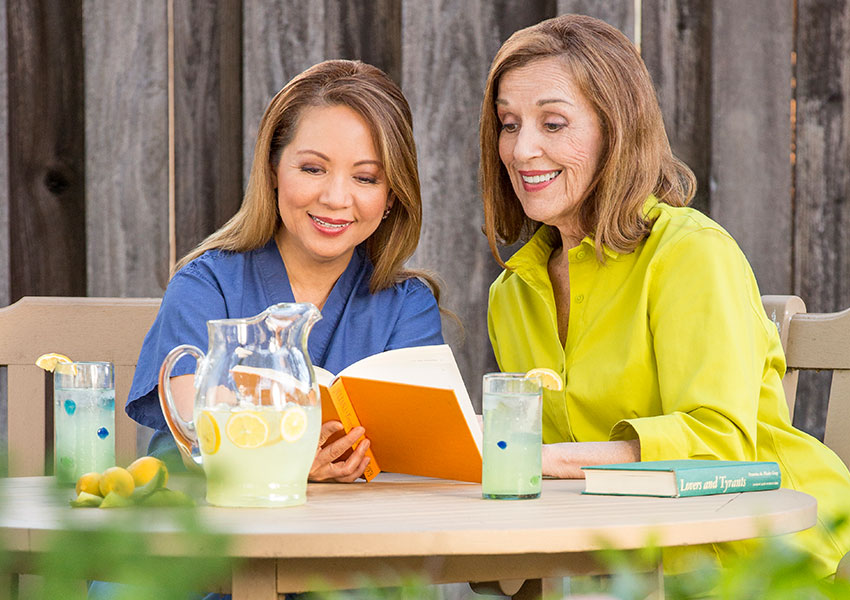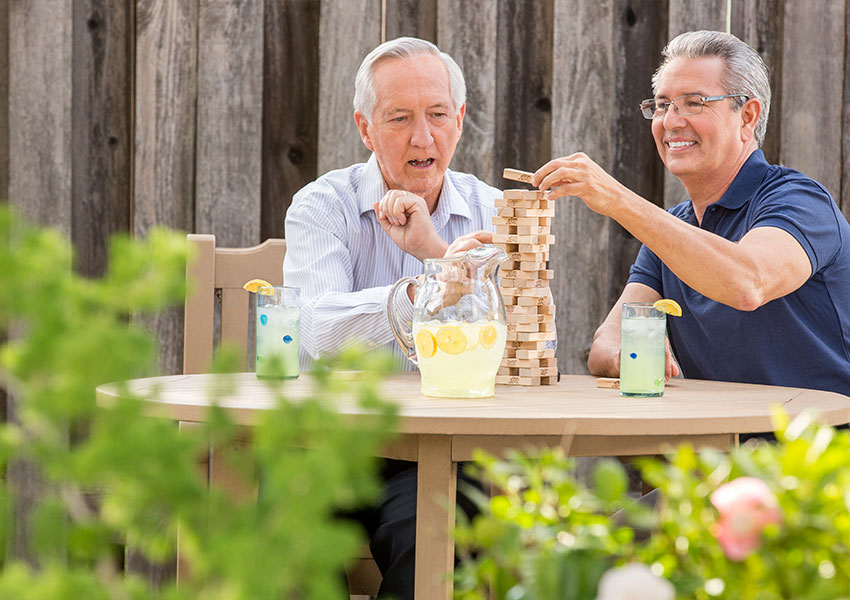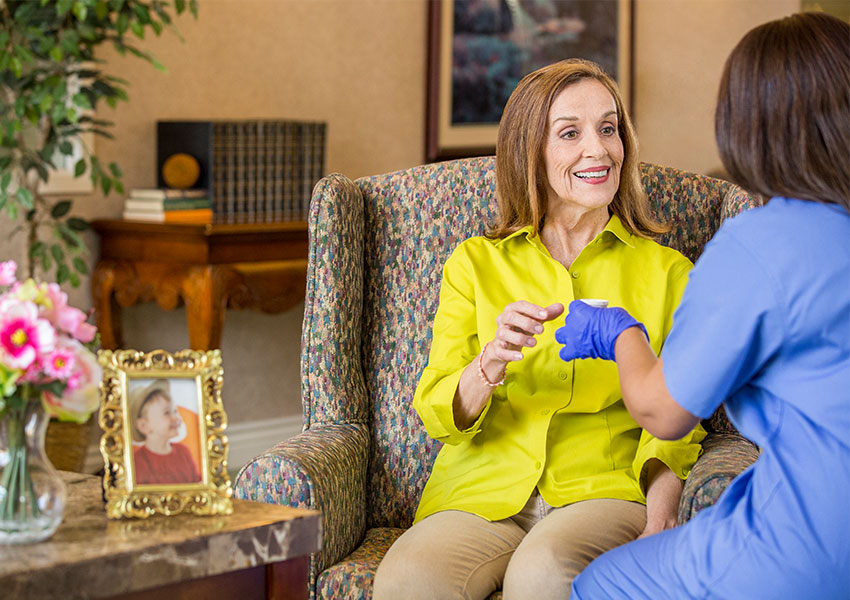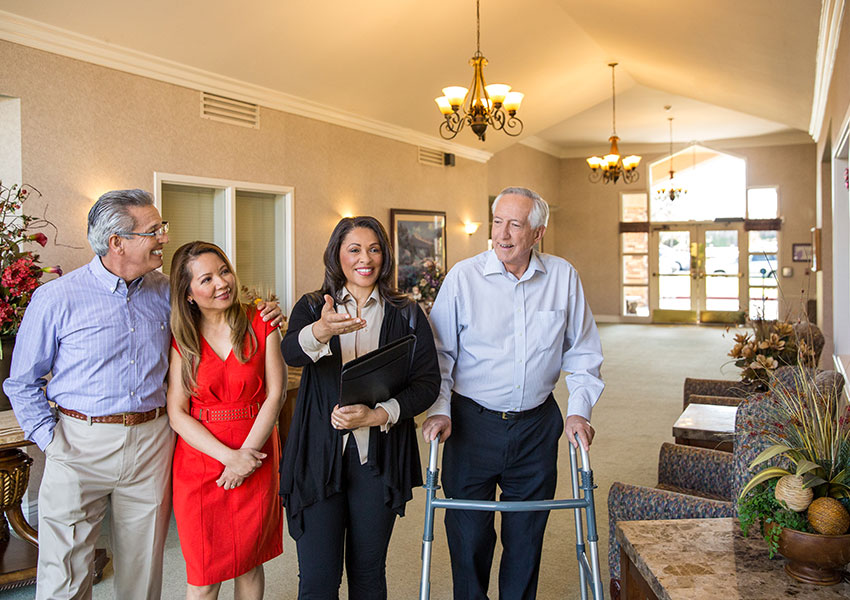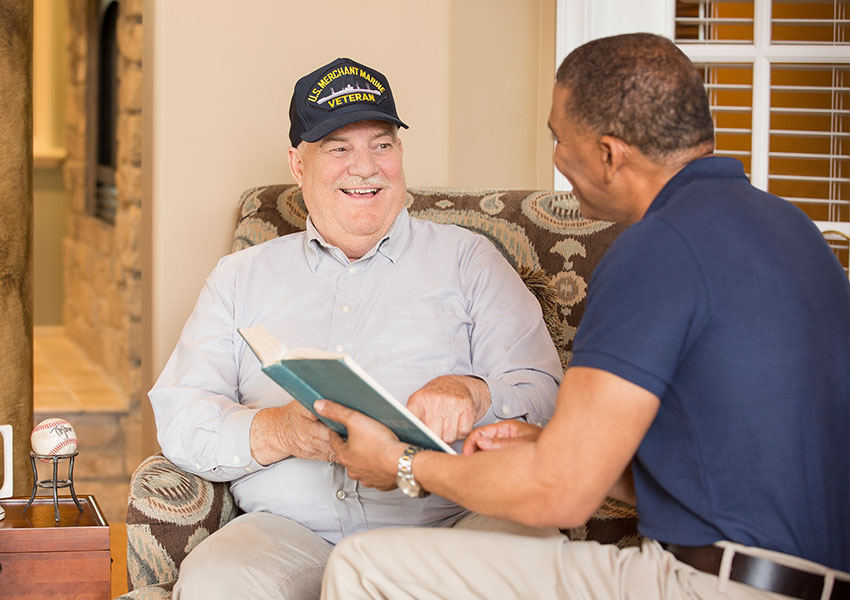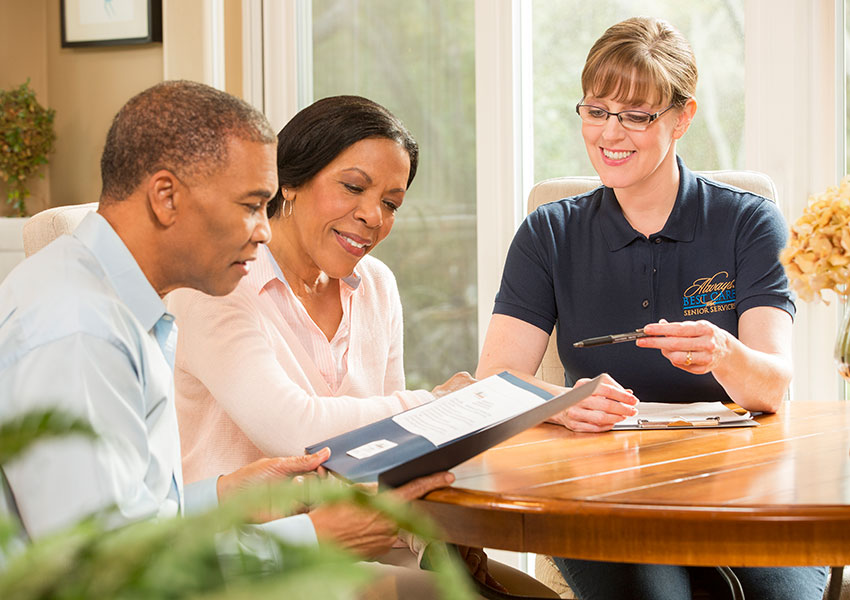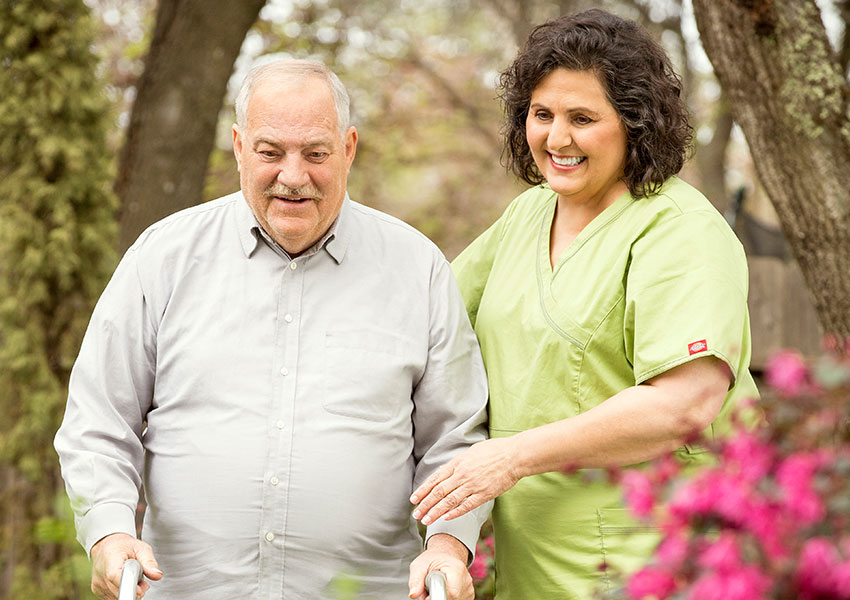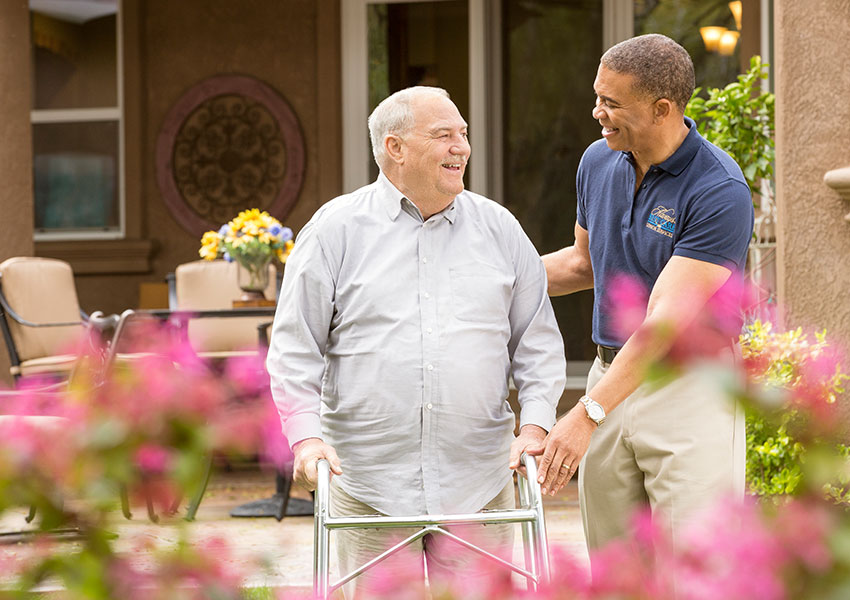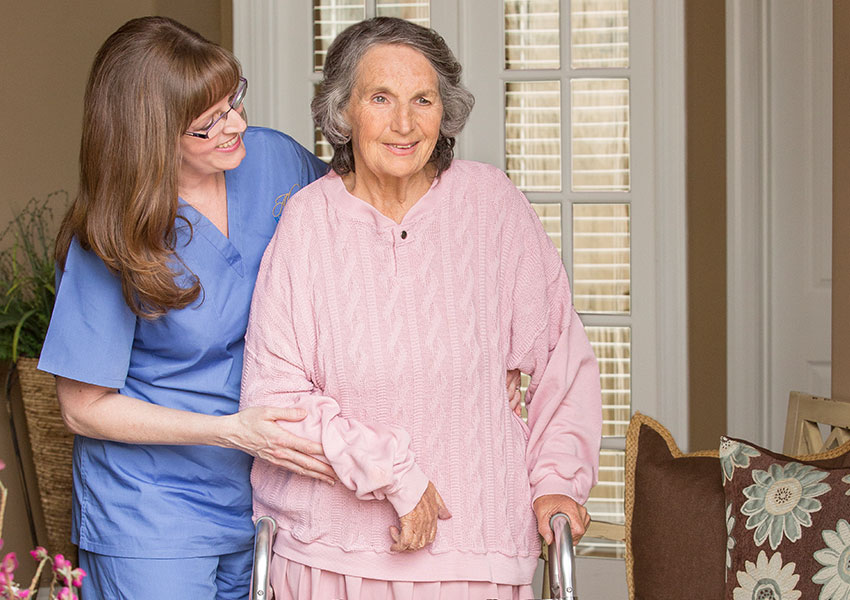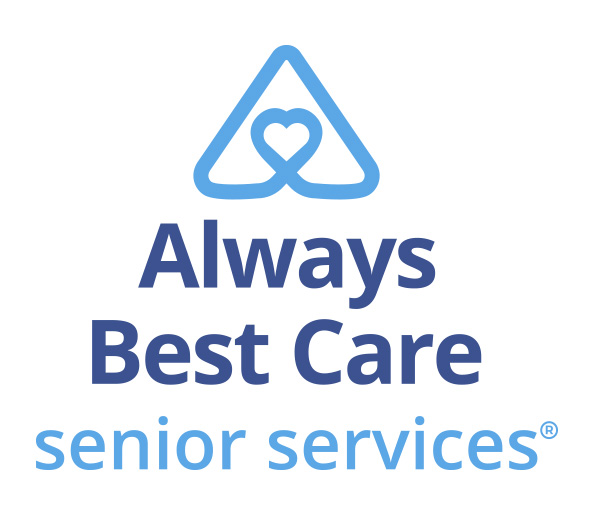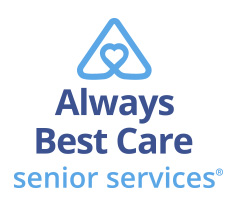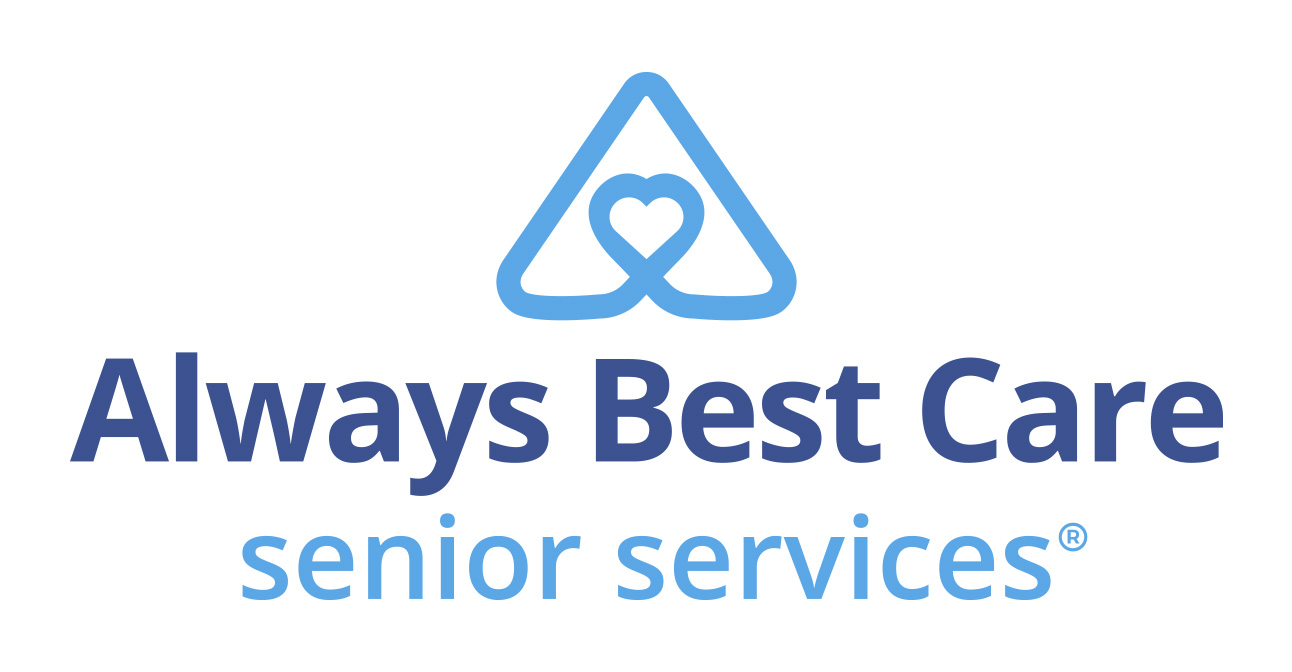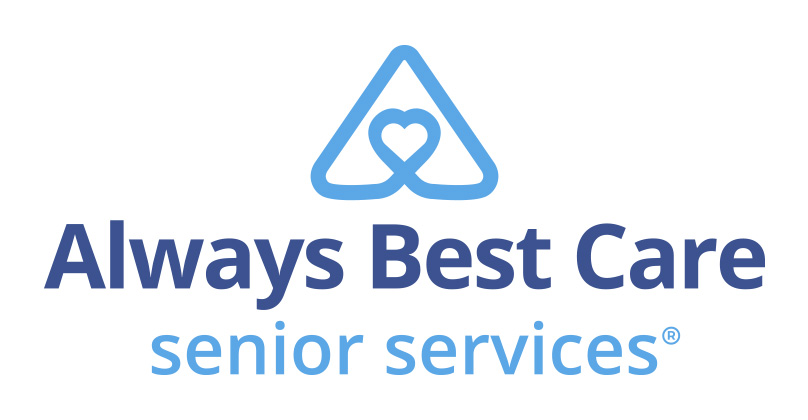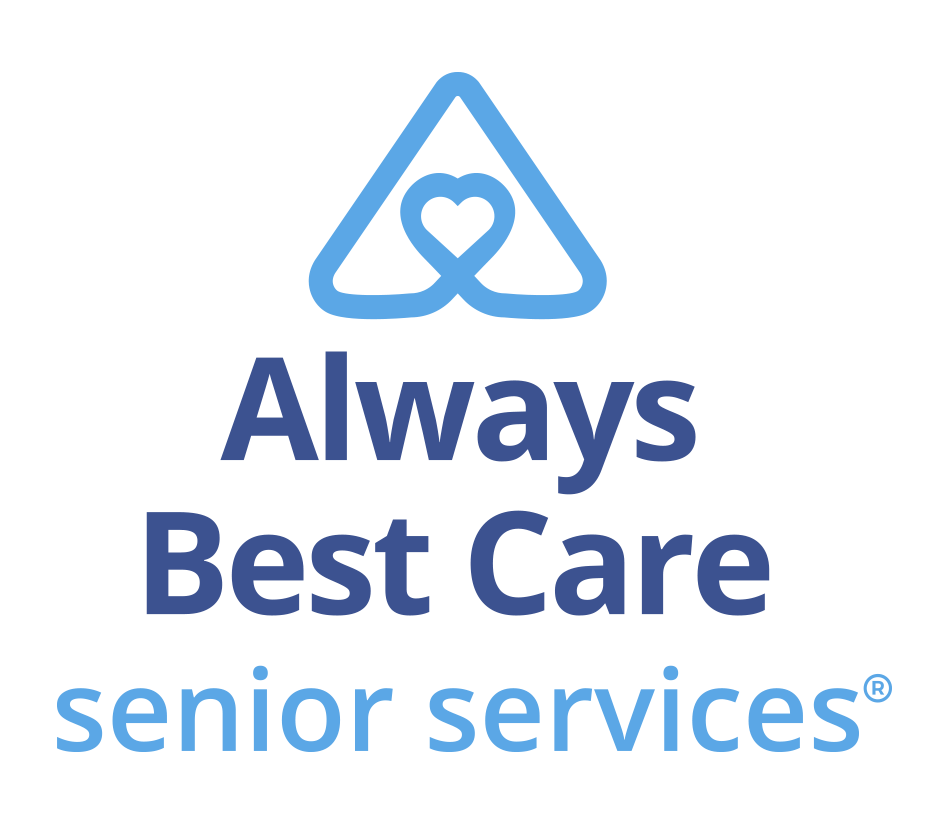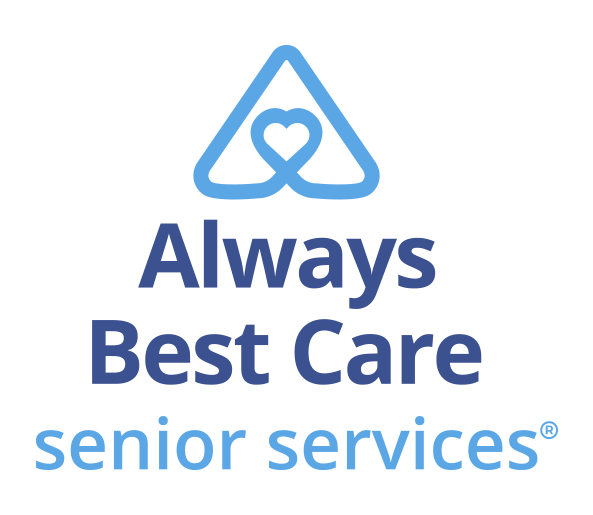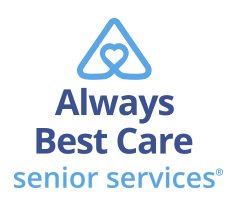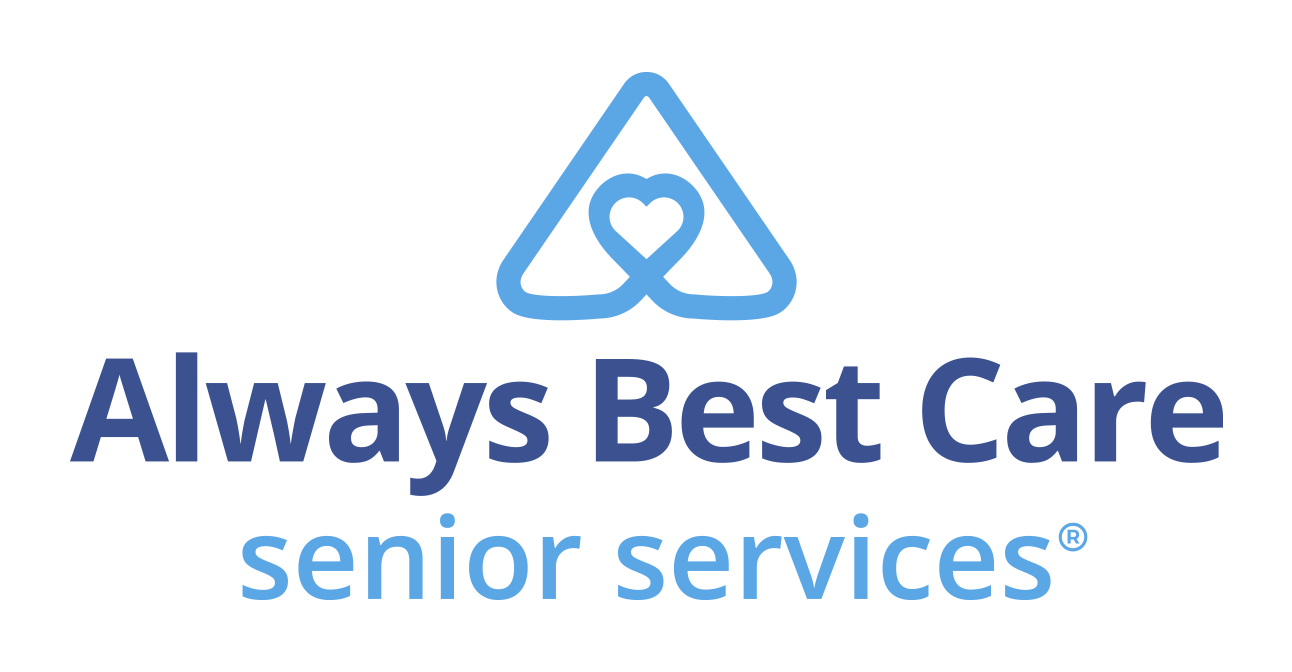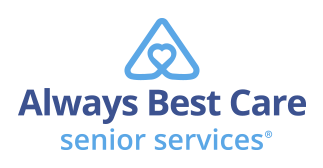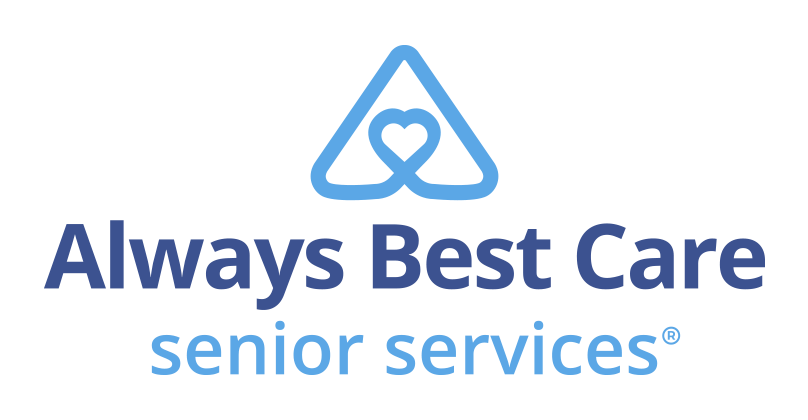Osteoporosis is more than deteriorating and weak bones. It can lead to debilitating fractures, chronic pain and the inability to perform everyday actions, including walking, maintaining your household and even dressing and bathing. Those who suffer from it can testify:
“I have had three vertebrae fractures in the last two years. I’m still in considerable pain and cannot do the simplest of tasks. Vacuuming, window cleaning or anything to do with lifting, even a casserole dish, brings on severe pain. I went a whole year in severe pain, could not do much, struggled at work. . . . I could not open heavy doors, open filing cabinets, open car doors, etc., but tried to continue working. I’m part time, so on days off, I just collapsed and rested. It totally changes your life, and I don’t think people really understand it. . . . I’m only 58 but feel like a very very old lady” (from the community forums of the National Osteoporosis Foundation).
Osteoporosis causes bones to gradually thin and weaken, leaving them susceptible to fractures. In the United States, the condition causes about 2 million fractures each year (figures from the National Osteoporosis Foundation). Although the condition affects all bones, those in the spine, hip and wrist are most vulnerable. Many osteoporosis fractures—about 300,000 every year—are hip fractures, which, in the elderly, can be particularly dangerous because immobility during the healing process can lead to blood clots or pneumonia, both of which can be fatal.
In addition, 1 in 4 hip-fracture patients over 50 die within a year after the fracture, often from related complications such as a pulmonary embolism or pneumonia. Plus, 1 in 5 of those who could care for themselves prior to the broken bone requires nursing home care afterward. Only one-third of patients with hip fractures return to their previous levels of functioning.
Mostly Women Affected
Women are more susceptible than men. Of the estimated 10 million Americans with osteoporosis, about 8 million are women. Approximately 1 in 2 women over age 50 will break a bone because of osteoporosis. A woman’s risk of breaking a hip is equal to her combined risk of breast, uterine and ovarian cancer.
Women are more vulnerable to osteoporosis because they have smaller, thinner bones than men and because the estrogen hormone decreases sharply when women reach menopause, which can cause bone loss.Women who are at higher risk for developing bone loss are thin or have a small frame, smoke, drink more than moderately, live a sedentary lifestyle, have a family history of hip fracture, have had their ovaries removed and are Caucasian or Asian.
Although women are more susceptible, men are not immune to the condition. Up to 1 in 4 men over age 50 will break a bone due to osteoporosis. In fact, men older than 50 are more likely to break a bone due to osteoporosis than they are to get prostate cancer. Each year, roughly 80,000 men will break a hip. As a result of problems related to the break, men are more likely than women to die within a year after breaking a hip.
Many of the factors that put women at risk for osteoporosis apply to men, as well as low testosterone levels.
Causes of Osteoporosis
Although the exact cause of osteoporosis is unknown, the process starts early in life when bone is continuously replaced. Bone loss—where bone breaks down faster than it builds up—usually begins somewhere in your mid-30s. When bones begin to lose calcium—the mineral that makes them hard—faster than they can replace it, the bones begin to thin.
For women, bone density loss speeds up during the first five to seven years after menopause, caused by a sharp decline in the body’s production of estrogen, which scientists believe helps keep calcium in the bones.
The good news is that the right diet, exercise, supplements or medication can help prevent osteoporosis or lessen its effects. If you haven’t yet been diagnosed with osteoporosis, have your doctor order a bone density test, which shows the amount of bone in the hip, spine or other bones. Doctors routinely recommend this test for men age 50 and older and postmenopausal women.
Eating the Right Foods
The two most important nutrients for bone health are calcium and vitamin D (National Osteoporosis Foundation). Each day, we lose calcium through our skin, nails, hair, sweat, urine and feces, but our bodies cannot produce new calcium. When we don’t get enough calcium for our body’s needs, our bones must provide it, leading to low bone density and even broken bones.
Experts recommend a well-balanced diet with plenty of dairy, fish, fruits and vegetables. The foods with the most calcium are:
• Dairy products such as low-fat and non-fat milk, yogurt and cheese • Canned sardines and salmon (with bones)• Green vegetables, including collard greens, turnip greens, kale, okra, Chinese cabbage, dandelion greens, mustard greens and broccoli
For seniors who are lactose-intolerant, many plant-based whole foods contain calcium. They include tofu, tapioca, collard greens figs, white beans, spinach, almonds and sesame seeds
To maintain healthy bones, experts recommend limiting the intake of sodium and alcohol, or avoiding them all together.
The best foods for vitamin D are fatty fish such as salmon, mackerel, tuna and sardines. Calcium and vitamin D are sometimes added to juices, breakfast foods, soy milk, rice milk, cereals, snacks and breads. If you’re not getting enough calcium and vitamin D from food, you can take supplements. In particular, it’s difficult to get enough vitamin D without using supplements (see sidebar).
Exercise for Bone Health
Exercise not only prevents osteoporosis by strengthening bones but can also help maintain bone mass if you already have osteoporosis. Through exercise, you build and maintain your bones’ thickness (bone mass density). Before beginning any exercise program, talk to your doctor. This is especially important if you know you have bone loss or osteoporosis.
WebMD recommends three types of exercise for osteoporosis:
- Weight-bearing: Exercises that support your body’s weight include walking, hiking, dancing and stair climbing. Walking as little as three to five miles a week can help build bone health.
- Resistance: Working against the weight of another object strengthens muscle and builds bone. This type of exercise includes free weights or weight machines, resistance tubing and water exercises. For best results, do resistance exercises two or three times a week. You can make the exercise more challenging by gradually adding weight or repetitions. Work different muscle groups, including arms, chest, shoulders, legs, stomach, and back, but allow for recovery by avoiding resistance training on the same muscle group two days in a row.
- Flexibility: Having flexible joints helps prevent injury. To flex joints and elongate muscles, stretch regularly or do t’ai chi or yoga.
Drug Therapies
Although estrogen was once considered the standard osteoporosis treatment for postmenopausal women, new options are now available for men and women who are wary of estrogen’s risks, such as breast cancer. Most osteoporosis medications slow down the rate at which the body reabsorbs bone, and one drug can help the body make new bone (from University of Maryland Medical Center). Your doctor can advise you about which of the following medications may be right for you.
• Bisphosphonates, including alendronate (Fosamax), ibandronate (Boniva), risedronate (Actonel) and zoledronic acid (Reclast), are a class of drugs that has been shown to boost bone density, slow or stop bone loss and reduce the risk of fractures. Patients must take medications first thing in the morning before eating and stand upright for at least 30 minutes. The exception is Reclast, which patients receive intravenously (IV) once a year.• Raloxifene (Evista) has estrogen-like effects on bone (prevents bone loss) but does not increase the risk for breast cancer.• Calcitonin (Miacalcin) does not improve bone density as well as the bisphosphonates do, but it does slow bone loss, reduce spinal fractures and ease pain associated with bone fractures. This option is an alternative for women who cannot take estrogen or bisphosphonates.• Parathyroid hormone (Forteo), an injectable medication, can increase bone production when used in low doses.
Sources
“Learn about Osteoporosis,”National Osteoporosis Foundation“Osteoporosis,” University of Maryland Medical Center“Understanding Osteoporosis — the Basics,” WebMD
Reprinted by Always Best Care Senior Services with permission fromSenior Spirit, the newsletter of the Society of Certified Senior Advisors
The Certified Senior Advisor (CSA) program provides the advanced knowledge and practical tools to serve seniors at the highest level possible while providing recipients a powerful credential that increases their competitive advantage over other professionals. The CSA works closely with Always Best Care Senior Services to help ABC business owners understand how to build effective relationships with seniors based on a broad-based knowledge of the health, social and financial issues that are important to seniors, and the dynamics of how these factors work together in seniors’ lives. To be a Certified Senior Advisor (CSA) means one willingly accepts and vigilantly upholds the standards in the CSA Code of Professional Responsibility. These standards define the behavior that we owe to seniors, to ourselves, and to our fellow CSAs. The reputation built over the years by the hard work and high standards of CSAs flows to everyone who adds the designation to their name.
Always Best Care Senior Services
Founded in 1996, Always Best Care Senior Services is based on the belief that having the right people for the right level of care means peace of mind for the client and family. Always Best Care assists seniors with a wide range of illnesses and personal needs, and currently provides more than 3 million hours of care every year. Franchise opportunities are available to individuals interested in leveraging the company’s clear strategy and proven track record for delivering affordable, dependable service to seniors in their local areas.
By working with case managers, social workers, discharge planners, doctors, and families, Always Best Care franchise owners provide affordable, comprehensive solutions that can be specifically matched to meet a client’s particular physical or social needs. The hallmark services of the Always Best Care business portfolio include non-medical in-home care and assisted living finder and referral services, with skilled home health care now being phased in throughout the country. For more information, visit www.AlwaysBestCare.com. For franchise opportunities, visit
www.FranchiseWithAlwaysBestCare.com
Always Best Care also offers Always in Touch, a telephone reassurance program that provides a daily phone call to seniors and disabled adults who are living alone and have limited contact with the outside world. Always in Touch is the only absolutely free national telephone reassurance program of its kind anywhere in the USA and Canada. For more information on Always in Touch, or to request an application, visitwww.Always-in-Touch.com
Another special program from Always Best Care is Always on Call –provided free to Always Best Care clients and their families with a minimum of 5 hours of monthly care. Families will have anytime access to physicians 24/7 if they’re considering ER or urgent care for non-emergency issues, if they need a non-narcotic prescription or refill, if they can’t take time off from work or school, if they’re traveling and need medical care, if their primary physician is not available, or if they have a sick child, spouse or elderly parent. This special service is provided to Always Best Care clients and their families by 24HourMDNow, an independent company not affiliated with Always Best Care.
June, 2014
To print this article CLICK HERE
